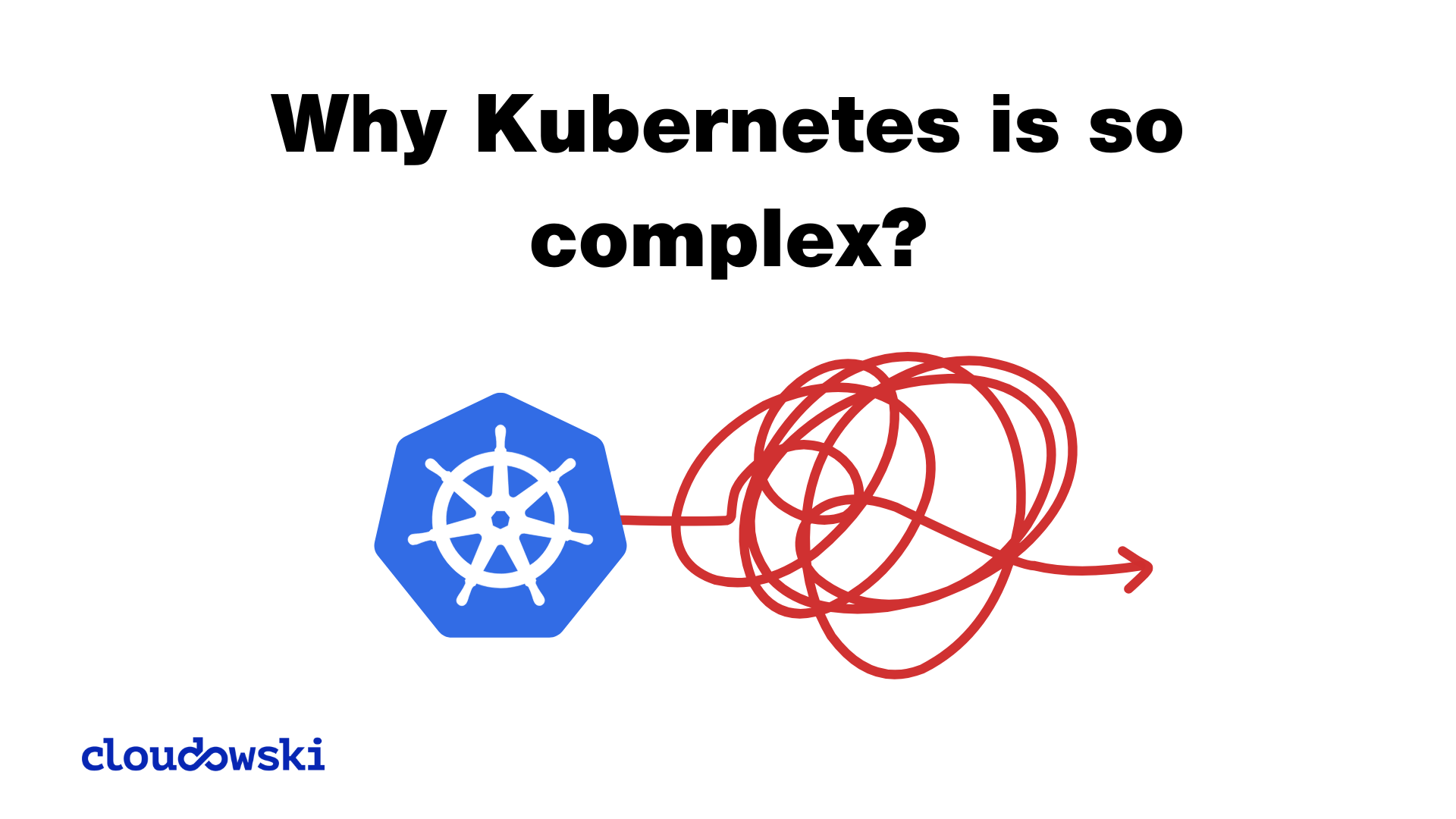Is Kubernetes giving you a headache? You’re not alone! It’s often described as complex, and there’s no denying there’s a learning curve. But there are reasons why some may find it complex and hard to comprehend.
Let’s look at why it feels that way and how to overcome it:
💡 It’s a System of Systems: Kubernetes isn’t just one tool; it’s an ecosystem. Learning requires understanding multiple components and how they interact. Networking, storage, security – it’s all integrated, and every connection adds the complexity.
💡 Declarative vs. Imperative: Shifting from imperative commands to a declarative model (defining the desired state instead of how to get there) is a big leap for many. It’s like learning a new language, at first it might be complex but using new language you can express yourself better and more efficiently.
💡 Abstraction Layers: Kubernetes abstracts away a lot of underlying infrastructure details. This is powerful but can make troubleshooting feel like working in a black box – but the advantage is huge productivity and simplicity.
💡 The Pace of Evolution: The Kubernetes ecosystem is constantly evolving. New features, tools, and best practices emerge rapidly. It’s like a treadmill – you always need to improve!
👉 To make it SIMPLE: Kubernetes can be seen a bunch of Linux servers managed through a unified API. That’s all it is!
What was your biggest “aha!” moment with Kubernetes? What concepts clicked for you and made everything easier? Share your thoughts in the comments! 👇
#Kubernetes #DevOps #CloudNative #K8s #Complexity #PlatformEngineering #Containers #Learning #Tips #AhaMoment






Comments